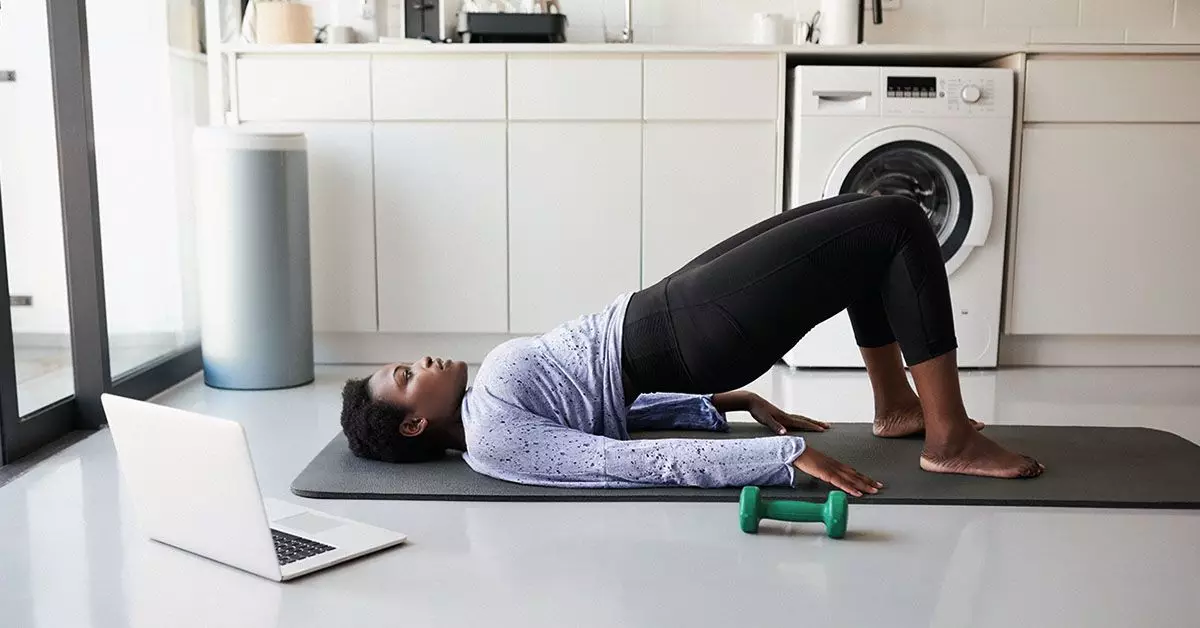Endometriosis is a chronic condition characterized by the growth of tissue similar to the endometrium—typically found inside the uterus—outside the uterine cavity. This abnormal tissue growth often leads to debilitating pain, discomfort, and a host of other complications that can severely impact a person’s quality of life. Despite extensive research into endometriosis, its precise causes remain elusive, although factors such as genetic predisposition, hormonal fluctuations, and immune system abnormalities have been implicated in its development.
Accompanying the challenges of endometriosis is the risk of pelvic floor dysfunction (PFD). This dysfunction can occur when the pelvic muscles become overly tight or imbalanced—often a response to chronic pain or the formation of scar tissue linked to endometriosis. Individuals who suffer from endometriosis frequently experience pelvic pain, which can create a cycle of muscle tension and further exacerbate their discomfort. Understanding this intricate relationship can aid in devising effective management strategies, particularly through targeted pelvic floor exercises.
A small yet promising study conducted in 2024 emphasized the potential benefits of these exercises. Involving 41 women diagnosed with endometriosis, the research highlighted how participating in group pelvic floor exercises fostered a sense of community and empowerment, pivotal in managing their condition. Although direct evidence linking pelvic floor exercises to reduced endometriosis symptoms remains limited, the findings suggest that such practices can enhance overall well-being and coping strategies.
Pelvic floor exercises focus on both the relaxation and strengthening of the muscles that lie within the pelvis. These exercises not only hold the potential to alleviate pain but also tackle the insecurities surrounding issues like sexual dysfunction, which can be amplified by endometriosis. Increasing strength in the pelvic floor may enhance core stability and stability in general, equipping individuals with the physical tools to combat the effects of their condition.
When engaging in pelvic floor exercises, there are several essential guidelines to consider. First and foremost, it is important to prioritize relaxation, particularly when experiencing discomfort. Slow and mindful movements, accompanied by deep breathing, can enhance the effectiveness of exercises and potentially minimize pain. For optimal results, it is advisable to collaborate with a pelvic floor physical therapist, who can customize a regimen to address specific needs—preventing the risk of overstraining already tense muscles.
Identifying the pelvic floor and Kegel muscles is crucial for effective practice. One method involves contracting the muscles as if trying to retain gas. The sensation of tightening around the vaginal area indicates the appropriate muscles to target. Another method is temporarily halting urination midstream—though this should not become a habitual practice due to the risk of urinary tract infections.
Kegel exercises serve as a versatile way to strengthen these crucial muscles. Below is a simple guide on how to perform Kegels effectively:
1. Find a comfortable position—either sitting, standing, or lying down.
2. Gently squeeze the muscles as if halting a urine flow and hold for three to five seconds.
3. Release and rest for a few seconds, then repeat up to ten times.
Variations may include shortening the squeeze duration for quick contractions or extending the hold time to ten seconds, making sure to rest adequately between repetitions.
Additionally, yoga poses can significantly aid pelvic floor health. The Child’s Pose, or Balasana, offers a spinal and pelvic stretch. By sitting back on the heels with extended arms and resting the forehead on the mat, individuals can savor the breath for support and relaxation.
Another beneficial exercise is the Bridge Pose. This activates the pelvic floor while also engaging the glutes. Lying on the back with bent knees, one can push the pelvis upward while holding for a few seconds—following this with repetitions to encourage strength and stability.
It’s crucial to recognize that symptoms often associated with pelvic floor dysfunction, such as pelvic pain, urinary complications, and bowel irregularities, may also overlap with endometriosis. When experiencing these interconnected symptoms, it’s important to seek guidance from healthcare professionals who can provide a definitive diagnosis.
While pelvic floor dysfunction can be exacerbated by various factors—ranging from heavy lifting and intense exercise to underlying surgical history—addressing both pelvic floor dysfunction and endometriosis simultaneously will likely enhance symptom relief. Through diligent effort and the implementation of pelvic floor exercises, individuals can work towards reclaiming control over their conditions, improving their overall quality of life.
While endometriosis and pelvic floor dysfunction pose significant challenges, proactive management through targeted exercises and professional support can lead to a better understanding of the body and its mechanics, opening avenues for effective treatment and self-empowerment.

